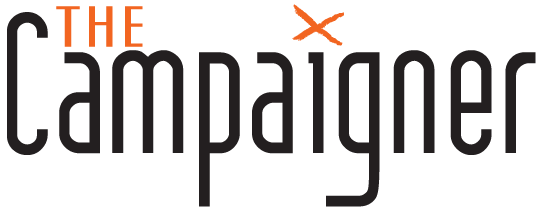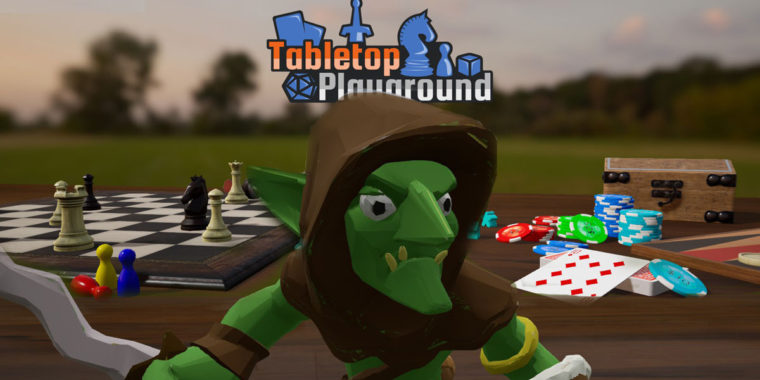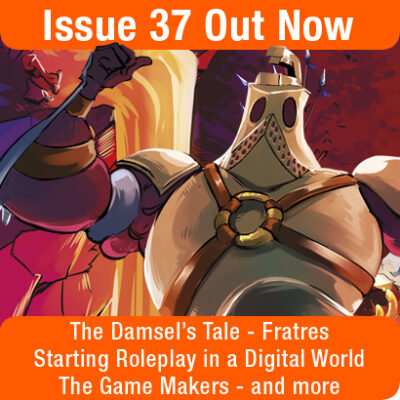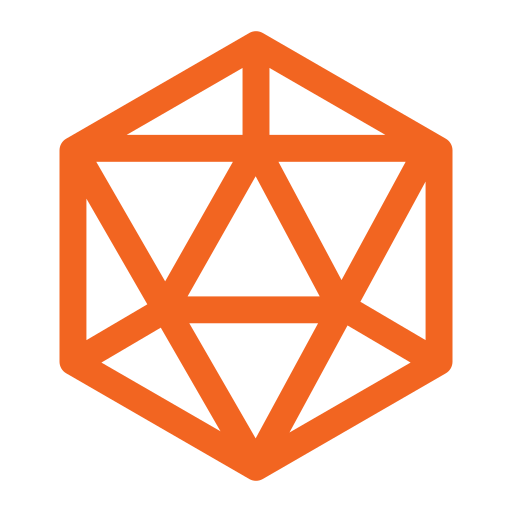Digital tabletop has recently come into its own. The ability to play some familiar games in an unfamiliar environment has become a crucial part of the hobbies existence. There are familiar programs which allow us to do this, but also room for more to step up and offer something unique.
It is into this environment that Tabletop Playground has released into Early Access. Developed by Plasticity Studios and published by Modularity, Tabletop Playground is a tabletop simulation program which aims to bring our favourite pastime to a digital space.
Of course there are many others who have trodden this path before, Tabletopia and Tabletop Simulator being the most well know. And it is against the latter that the most comparisons can be drawn.
Tabletop Playground is, at its core, a physics simulator. Building it around the Unreal Engine 4 has allowed for a much smoother and more nuanced interaction, especially when compared to the clunkier Tabletop Simulator. There are a lot less menu options, but this isn’t a bad thing. Instead the bulk of the work is done by some well thought out key and mouse combinations. Sure they take some learning, but ultimately they seem to offer a more considered experience.

All the old favourites are included. Zoom in, or zoom out. Rotate or flip objects. Put tokens inside bags, pull tokens out of bags. Hold and shuffle cards. Stack resource cubes into strange formations when you start to lose. Chat to those playing who you used to call friends.
A real authentic tabletop simulation.
The options open to players and creators seems quite broad too. It’s easy to bring in a blank area, pull up a library of objects, and start placing stuff down. While this aspect is a little fiddly at the moment, it seems like it’s at a good spot to iterate on and create a much more streamlined experience.
There are two major points though, from a user perspective, that still need to be addressed.
The first being the most obvious. Games. The platform needs to attract some high demand designers and publishers, who will bring with them popular titles that people are interested in playing. Sure, any user could make a version of a game fairly easily and make it available for download. But the actual game creators bring with them official assets, an impetus to create a professional presentation, but most of all, platform visibility.
And visibility means more players. More players means it’s an attractive prospect to other designers and publishers. Who get on board, and bring more games with them. The circle of life.

The second being something that most users of the platform wouldn’t think about. And something I am not entirely sure the developers have thought about either. At least, not yet in practical terms.
I’m talking about scale.
Tabletop Playground lets you mash all kinds of elements together. You can load up a library of bits and just start placing them down. Go into the third party add-on facilitator, downloads some packs, add all kinds of stuff. Go nuts.
As you do this you’ll find an odd discrepancy. Objects that load in at wildly varying sizes. Playing cards that seem too small for the table. Miniatures that you could club and ogre with. This isn’t even between sets, within some sets themselves object sizes can fluctuate.

Really this isn’t so bad, the platform has the ability to scale up or down. However it does indicate the work that is ahead to clean up the platform for general usability. Not to mention the development community side of things that needs to be managed, if the creators want to provide a seamless experience for users.
Of course there are lots of other little oddities that need addressing. For instance, when starting a new game, the card decks always load in the same sequence. So don’t forget to shuffle before you play. I found this out the difficult way, when two game of Matchbreaker started out eerily similar!
Still, I think Tabletop Playground is shaping up to be quite impressive. While it still needs a lot of work the developers have obviously got a particular vision in mind for it. Plus it seems versatile enough that games of all types will easily translate to the platform. And with good communication from the developers and ongoing updates, it doesn’t seem like the project will be suddenly grinding to a halt.
At the moment the biggest hurdle is probably the price. AUD$21.50 can be a big ask of people, even for a good, completed game. But it’s worth investing in if you can spare the coin. You get the chance to try something a little different, while helping some creative designers build what could be the next important tabletop simulation program.
And did I mention the cube stacking?
Tabletop Playground is available now as Early Access on PC through Steam.




